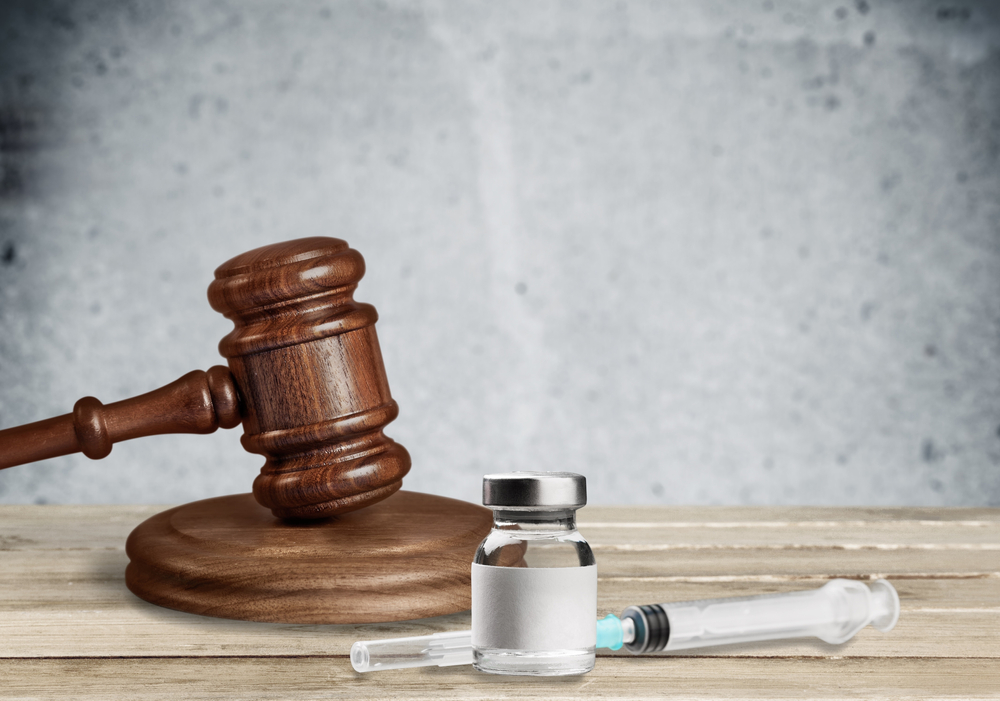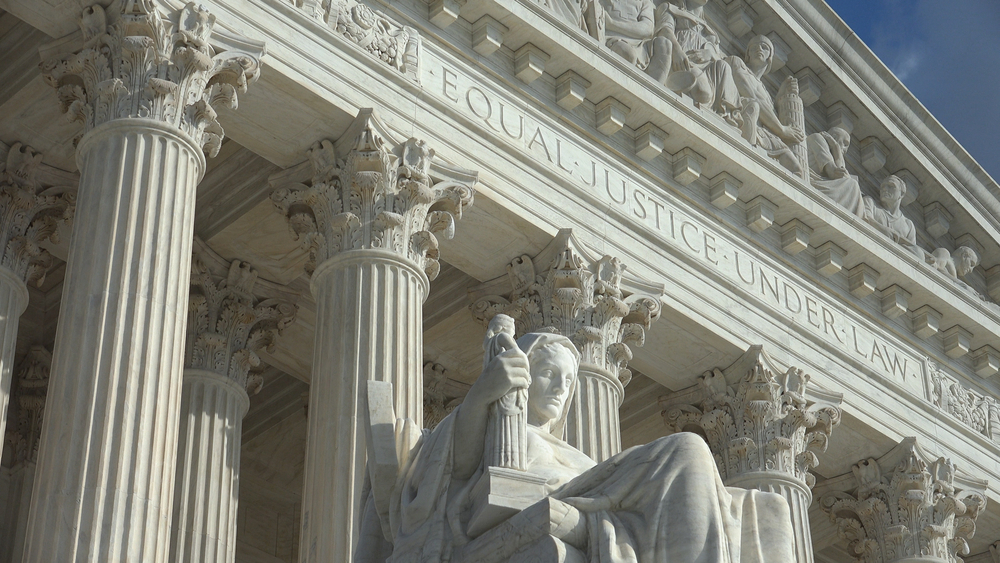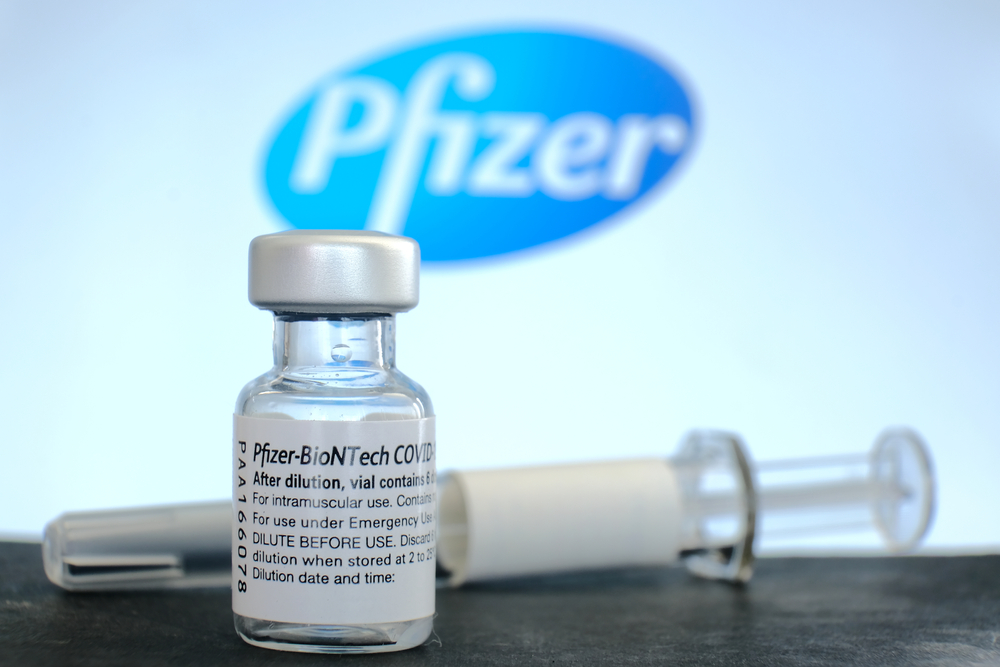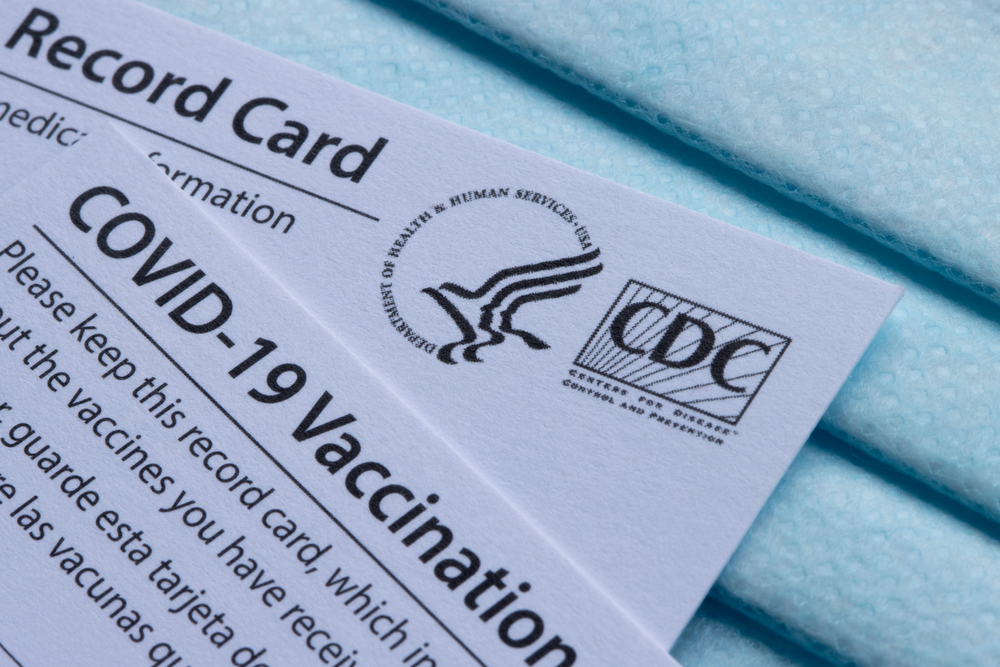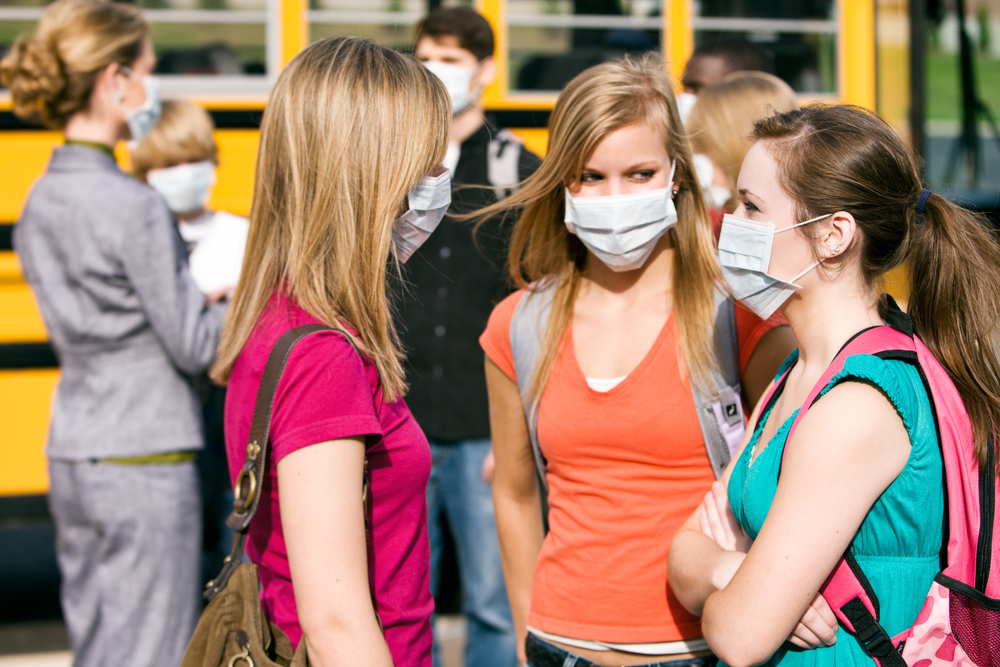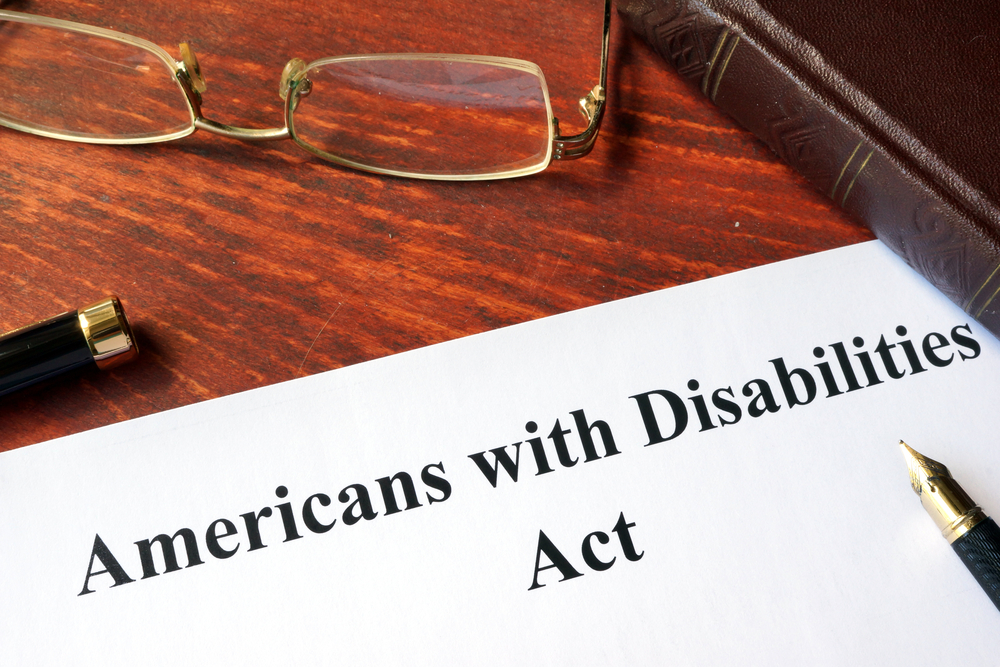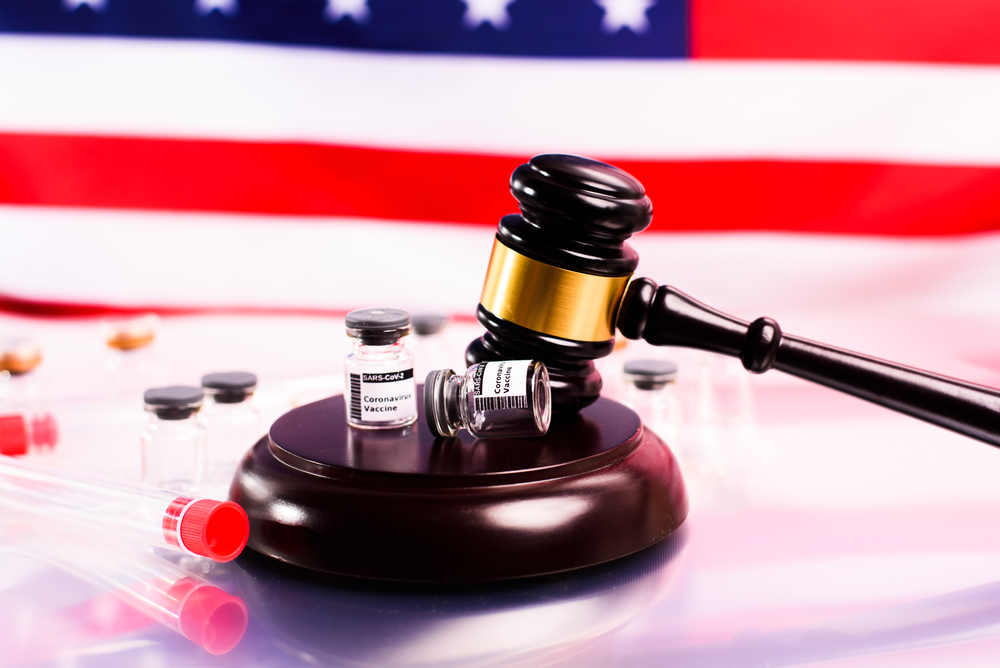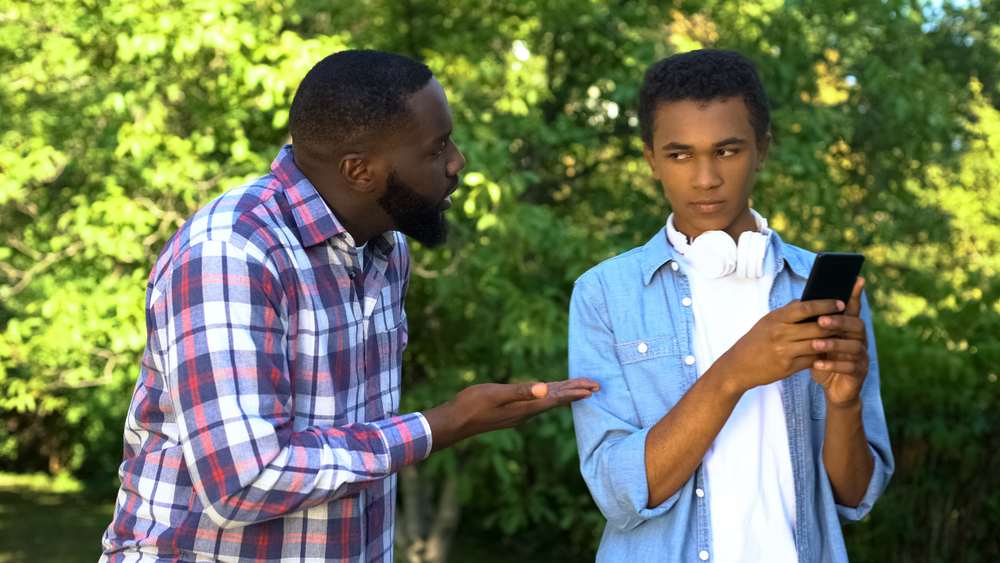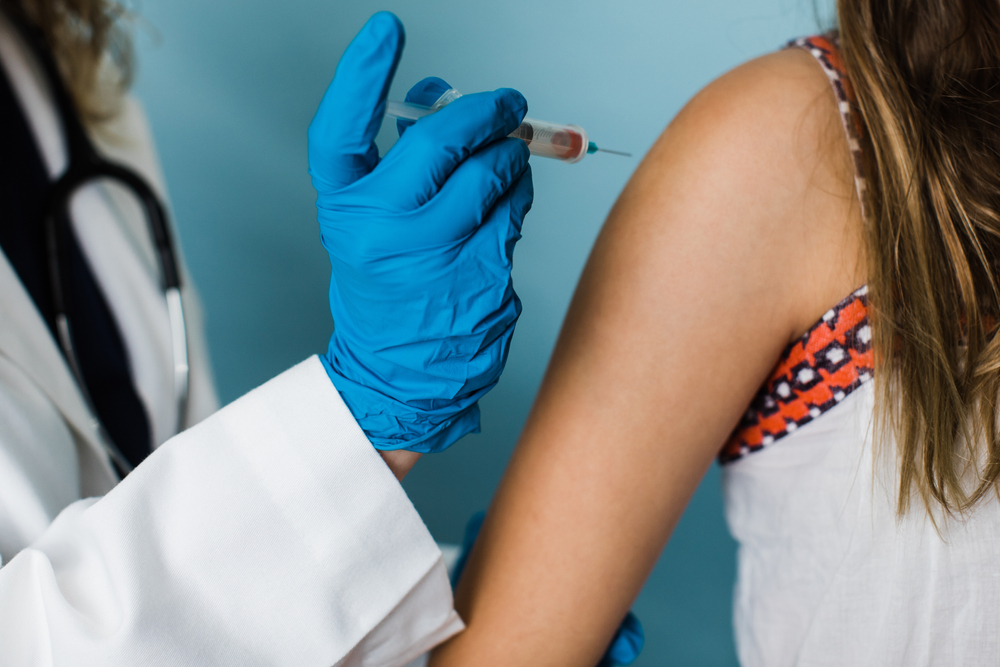Americans hurt by coronavirus treatments will have few legal options
As researchers race to find vaccines, treatments and cures for the deadly pandemic that has paralyzed the world and killed hundreds of thousands of people, they’re focused on finding treatments that are safe and effective.

The urgency and pressure to find something quickly, however, has created concerns about possible problems, including safety issues.
What if something goes wrong? What if the cure is worse than the disease? What if a new vaccine hurts people? What if an experimental drug injures or kills patients?
RELATED: Face masks just the latest of public safety battles
RELATED: ‘Grim Reaper’ lawyer sends dark message as he battles Florida governor in court
Will people who suffer from the treatment be protected and compensated?
Don’t count on it.
Drug, vaccine makers immune from lawsuits
Under the law, the parties responsible for developing these drugs, vaccines and devices to fight the pandemic have legal immunity. That means most patients who are harmed by coronavirus treatments will not be allowed to file lawsuits seeking compensation.
The law is supposed to make up for that by providing government-funded compensation to people who do suffer harm. But a George Washington University professor who has studied the system says it’s a “horrible program” that doesn’t help victims as it should.
The system of legal immunity for researchers, healthcare providers and manufacturers is designed to help them fight pandemics and other health emergencies without being threatened by lawsuits should something go wrong.
COVID-19 vaccines and more protected from liability
Legal immunity for measures to fight COVID-19 was created when Health and Human Services Secretary Alex Azar declared the virus in January to be a public health emergency warranting liability protections for specified medical measures to fight it.
The covered measures include drugs, vaccines and medical devices authorized by the Food and Drug Administration.
The only circumstances in which lawsuits are permitted is in certain cases of “willful misconduct” that causes death or serious physical injury.
The law specifically protects federal and state governments, local governments that supervise programs to distribute covered measures, licensed health professionals and manufacturers and distributors of covered medical measures. These groups may not be sued by almost anyone who suffers harm from these treatments.
Expert: Public health threatened
Peter H. Meyers, professor emeritus at George Washington University School of Law, worried the law will deter Americans who should be vaccinated to fight this pandemic. Consequently, he said, this may ultimately imperil public health.
“I have a real concern that the program, which is supposedly there to compensate people who are injured, is a farce,” Meyers said. He urged lawmakers to implement reform to help encourage vaccination when it becomes available.
Meyers stressed he is a strong supporter of vaccines, which he described as “one of the greatest public health benefits we’ve had in the last 200 years.”
Indeed, between 1900 and 1904, an average of more than 48,000 Americans developed smallpox each year, and more than 1,500 died annually, according to the Centers for Disease Control and Prevention. Because of vaccines, the U.S. has not had a case of smallpox since 1949. Vaccines likewise eradicated polio in the U.S. and saved untold lives that could have been lost to other causes.
But Meyers noted that any substance taken into the human body, no matter how safe, has the potential to harm at least a small percentage of people. Even aspirin, Meyers pointed out, kills hundreds of people a year. People can be hurt, he added, if they drink too much water.
The risk of a severe allergic reaction from several commonly administered vaccines is less than one out of a million doses, according to the Health Resources and Services Administration.
Those who suffer rare, but serious vaccine side effects, Meyer said, deserve to be taken care of and compensated for their injuries. Doing so would also serve to encourage more people to get vaccinated.
Past pandemic vaccine caused problems
Meyers noted there is precedent to justify concern about the rushed search for medical answers to the current pandemic.
In 1976, an effort to head off a feared swine flu pandemic through mass vaccination in the U.S. went horribly wrong.
By the time officials concluded the flu strain they wanted to stop was not a major pandemic danger, the vaccination program was unstoppable, according to Smithsonian Magazine and the Centers for Disease Control and Prevention.
The vaccine program and decisions being made were tangled up in politics, including the fact that it was a presidential election year. The mass vaccination program was launched, and Americans were hurt.
Ultimately, about 450 people developed a side effect known as Guillain-Barre syndrome, a rare neurological disorder.
The law that now governs pandemic-fighting measures, the Public Readiness and Emergency Act of 2005, was passed amid concerns about an H1N1 avian flu pandemic in addition to threats of terrorism from anthrax and other toxins.
The fund that is supposed to compensate injured parties is known as the Countermeasures Injury Compensation Program or CICP. It wasn’t created until 2010, five years after the passage of the Public Readiness Emergency Act.
Routine vaccine injuries compensated by government
To understand the reasoning behind this legal immunity, it’s helpful to look at a similar program created to compensate people who suffer serious side effects as a result of routine, required vaccines, known as the National Vaccine Injury Compensation Program, or VICP.
Meyers is also a critic of the VICP and has recommended several reforms. But he said it’s far better for consumers than the CICP program for pandemics.
VICP covers people who develop rare, but serious side effects from certain routine vaccines, including those administered for seasonal flu, and a host of childhood vaccinations.
It was enacted after authorities saw a threat to the nation’s vaccination system in the early 1980s.
Then, the diphtheria, tetanus and pertussis vaccine was blamed for causing disabilities and developmental delays in children.
By the mid-1980s, more than 200 product liability lawsuits were being filed by parents against DPT vaccine makers every year. Two of the three domestic manufacturers decided to stop making vaccines. The third, Lederle Laboratories, faced financial ruin.
At the same time, there were complaints that patients who suffered serious injuries faced obstacles to obtaining compensation, according to the majority opinion in Bruesewitz v. Wyeth, a U.S. Supreme Court decision that upheld the VICP in 2011.
Because of the issues, parents began declining vaccines for their children in increasing numbers.
This confluence of circumstances threatened what was regarded as one of the nation’s most important achievements in public health: the elimination of serious, communicable diseases through vaccination.
That achievement appeared in danger in the 1980s. Seeking to stabilize a worsening situation, Congress passed the National Childhood Vaccine Injury Act of 1986, which led to the VICP.
The program grants makers of covered vaccines immunity from most lawsuits. As long as they’ve followed regulations, manufacturers are protected from having to pay potentially ruinous punitive damages.
It uses funds from a tax on vaccines to compensate patients who develop serious side effects.
VICP vs CICP
The VICP system is considered no-fault and is designed to be more efficient than filing lawsuits. The program includes a table of specific side effects for covered vaccines and when those side effects develop.
Petitioners who can show the injury developed in the expected timeframe after receiving a vaccine are considered entitled to compensation, with no further proof required. If these patients went to court, they would be required to show that the vaccine was defectively made, labeled or designed.
The program also pays for patients’ legal representation to file claims, even if the claims are not successful, as long as they’re not deemed frivolous.
This is different from the CICP, which does not pay lawyers to represent injured parties. Another difference is the VICP covers more kinds of expenses than the CICP. For example, it reimburses for counseling, special education and diminished earning capacity, as well as pain and suffering.
The CICP fund covers limited, specific costs: unreimbursed medical expenses, lost employment income and survivor death benefits.
By and large, CICP does not have detailed injury tables, leaving patients to prove, for the most part, that their injuries were caused by the covered medical measures. Because most of the measures have not yet been developed, it may take some time before the government recognizes specific serious side effects. This will leave patients and their families with the burden of proving that a side effect was caused by a specific vaccine or drug.
CICP has created an injury table for H1N1, and the law allows the secretary of HHS to add to it when injuries are directly caused by the covered medical measures, based on “compelling, reliable, valid, medical and scientific evidence.” Effects listed on the table within the specified time frame are presumed to have been caused by the covered medical measure.
In general, only injuries that require hospitalization or that led to “a significant loss of function or disability” are considered serious enough to be covered by the table and given the presumption. If the patient has an injury not considered serious or meeting the table requirements, they must prove the covered countermeasure directly caused the injury.
Meyers said the VICP program is relatively transparent, while the CICP is secretive.
People denied compensation have no right to an explanation or to appeal under CICP, the pandemic program. Under VICP, the routine vaccine program, those who are not successful in their petitions are entitled to judicial review.
To receive reimbursement under CICP, the patient must file for reimbursement within a year of receiving the covered medical treatment.
Vaccine manufacturers generally are protected against lawsuits, but there are programs available to compensate people seriously harmed by vaccines and other medical countermeasures. One such program applies to routine vaccinations. Another applies only to countermeasures under a public health emergency. Here’s a look at both programs and how they differ.
Reforms recommended
Meyers recommended that the pandemic legal program be reformed to provide Americans assurances that they will be taken care of if they are hurt by a pandemic-fighting medical measure, especially a vaccine. “We want to encourage people to take this new vaccine,” he said.
At minimum, he said, any vaccines should be added to the VICP program, which he maintains is superior to the CICP program, though flawed.
Better still, he said, would be to create a new, special program, like the law that was enacted to compensate victims of the Sept. 11 attacks.
Such a program, he suggested, should have the best features of the other programs, rather than the worst.
“As it stands now,” he said, “the safety net is horrible.”
Contact Elaine Silvestrini at Elaine@legalexaminer.com. Follow her on Twitter at @WriterElaineS.










